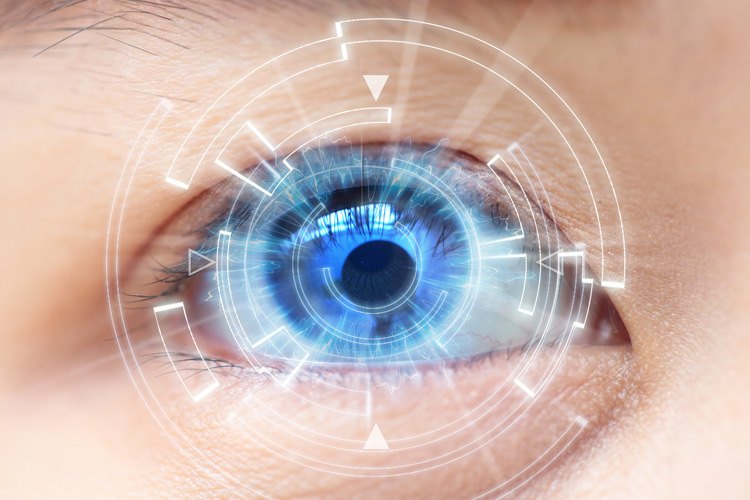- Have any question ?
- 94173-45391
- 90232-67254
- chugheye@gmail.com
SMILE and LASIK What’s the Difference?

Is There an Alternative to LASIK Eye Surgery?
05/11/2020The technology surrounding laser vision correction surgery has made great strides in the past years and continues to move forward at an advanced pace. Many people the world over have experienced the life-changing effects of these procedures.
Recently, a new milestone has been reached. The medical technology business group, ZEISS announced that physicians performing laser vision correction surgery using its SMILE refractive technology have surpassed one million procedures worldwide!
With so many lives improved by enhanced vision, now is a great time to discuss the differences and similarities between the two most popular procedures; SMILE and LASIK.
In case you’re unaware of LASIK or SMILE laser vision correction surgery, here is a quick recap:
LASIK (Laser-Assisted Stromal In-situ Keratomileusis) is the most commonly performed procedure in practice today. LASIK is used to treat several vision-related problems including nearsightedness, farsightedness, and astigmatism. A two-laser procedure, LASIK involves a laser cut incision to create a small flap in the corneal tissue allowing a second excimer laser access to reshape the cornea to correct vision.
SMILE (Small Incision Lenticule Extraction) is the newest and most recently FDA approved laser vision correction surgery. Currently, SMILE can only treat nearsightedness and not farsightedness or astigmatism. SMILE involves a single laser known as a femtosecond laser to create a tiny incision on the cornea and removes small amounts of corneal tissue to reshape the cornea to improve vision.
What’s the Difference?
Both LASIK and SMILE procedures are considered minimally invasive, with SMILE surgery being the least invasive of the two. SMILE uses a single laser to make a small incision and remove a tiny amount of corneal tissue (known as the lenticule) until the desired results are achieved. Where a LASIK surgery involves a laser cut flap in the cornea allowing a second laser (the excimer) to make the necessary changes to the corneal tissue.
Both procedures can produce nearly identical visual outcomes but which patients they work best for is where their differences really show.
Because a SMILE procedure creates a smaller incision, many doctors believe the cornea is biomechanically stronger and patients will experience less dry eyes postoperatively. While that may sound good to anybody seeking laser vision corrective surgery, it is especially good news for anyone who is not considered a good LASIK candidate.
So Which is Right for Me?
When it comes down to it, the procedure that will produce the ideal results will depend on the needs and circumstances of each individual patient. Here at LaserVue, we have been providing Northern California with top-notch vision correction services for years. Schedule a free consultation today and set out on a path to better vision.

